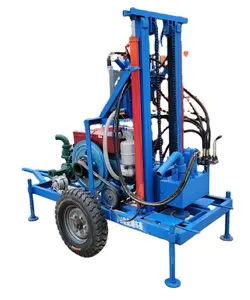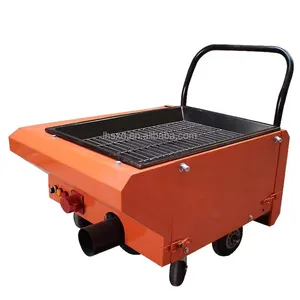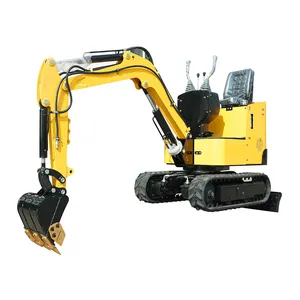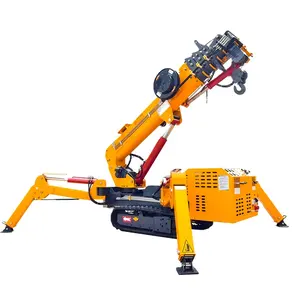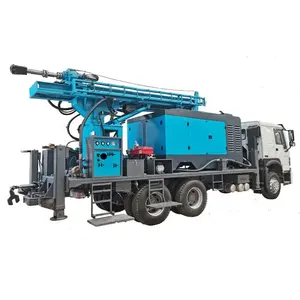Popular in your industry
































































































































































































Top categories
About air liquefaction plant
Air Liquefaction Plant Overview
An air liquefaction plant is a sophisticated industrial facility designed to liquefy atmospheric air. This process is critical for separating various components of air, such as nitrogen, oxygen, and argon, for industrial and medical applications. These plants are integral to sectors ranging from healthcare to welding, and from food preservation to aerospace.
Types and Applications
There are various types of air separation units (ASUs), each tailored to specific output requirements and purity standards. The application of these plants spans numerous industries. For instance, the medical field relies on the oxygen produced for respiratory therapies, while the food industry uses nitrogen in food preservation and packaging. Additionally, the technology is essential in the production of high-purity gases for electronics manufacturing.
Operational Features
The operation of an air liquefaction plant involves several stages, including filtration, compression, and cooling of air to cryogenic temperatures. The features of these plants are designed for efficiency and reliability. They are equipped with advanced control systems to monitor the liquefaction process, ensuring consistent output and safety. The plants' design also allows for scalability, catering to both small-scale and large-scale production needs.
Material and Construction
The construction of an air gas liquefier demands materials that can withstand extreme temperatures and pressures. Stainless steel is commonly used for its durability and corrosion resistance. The insulation materials are also crucial to maintain the required low temperatures efficiently.
Advantages of Modern Air Liquefaction Technology
Modern gas separation technology has several advantages. It offers enhanced energy efficiency, which is crucial in reducing operational costs. The precision in separating different air components meets the highest purity standards required by various industries. Furthermore, the latest designs emphasize reduced maintenance needs, contributing to longer operational life spans and uninterrupted production cycles.
Selecting an Air Liquefaction Plant
When selecting an air separation plant, it is essential to consider the specific requirements of your operation. Factors such as capacity, purity levels of the gases, and energy consumption should guide your choice. It is also important to evaluate the technical specifications, such as the power rating and engine capacity, to ensure they align with your operational needs.
